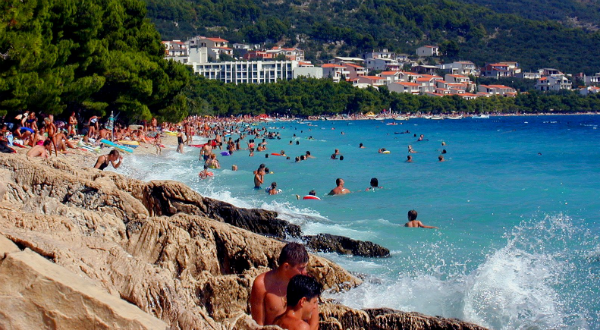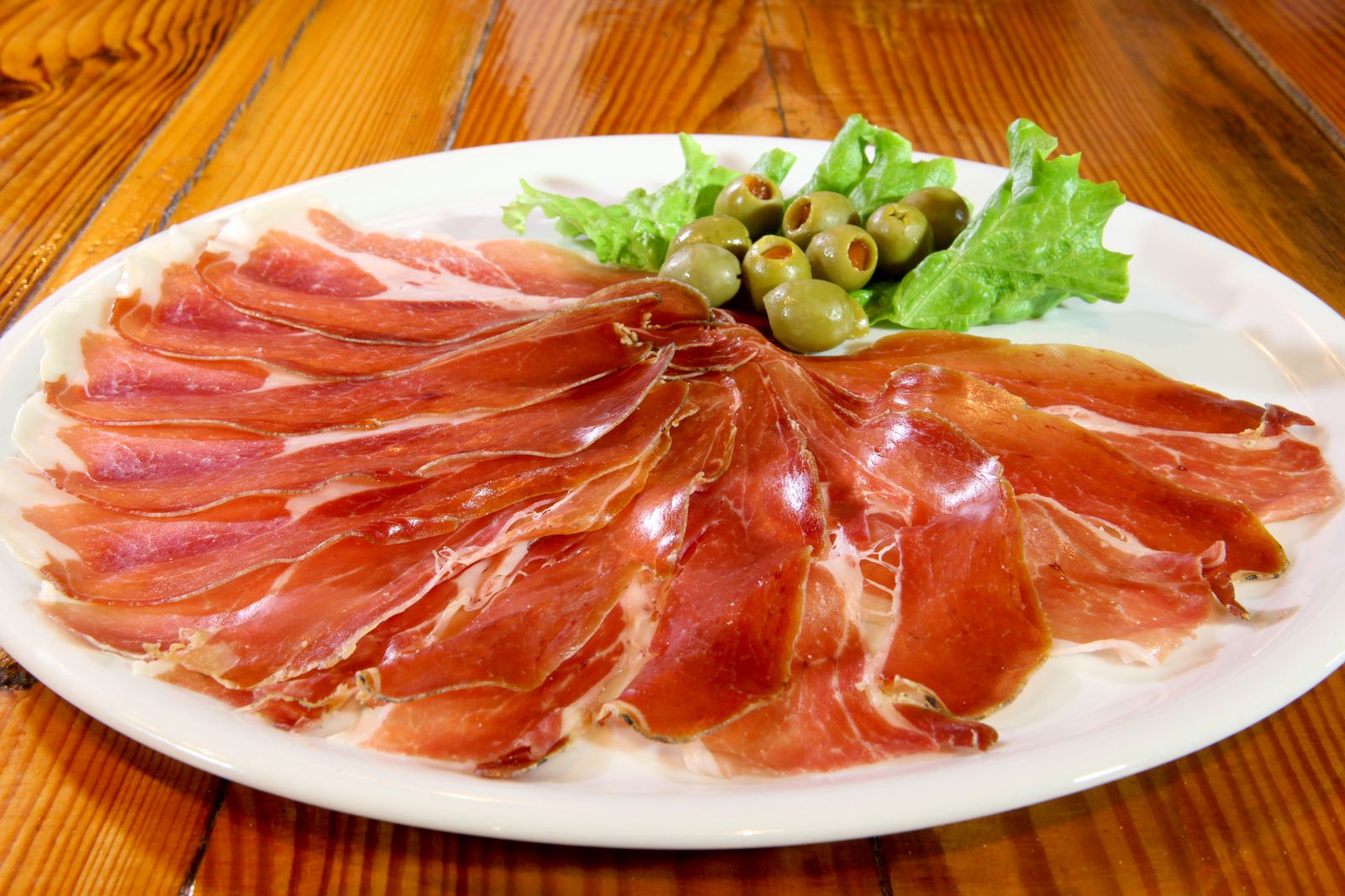The Starigrad Paklenica weather is typical of the Mediterranean climate with fair weather from springtime to fall, barring the occasional squall. Winters are milder than continental ones, with temperatures above zero. However, wind and inclement weather make life in winter harder for a seafaring population. But what is typical weather on the Croatian coast like?
Picture taking a stroll through a traditional Dalmatian village. You’re coming down a small rocky hill, your sandals gently smacking against the cobbles. You can even imagine some folk music playing in the background, or just the sound of a battalion of crickets. It’s late in the afternoon, but the air is still shimmering with heat in the distance. There is no one about, and even the local sheepdog is snoozing in the shade.
As you turn from the main street, the walkway shrinks to barely a couple of meters. You can see the houses are made of white stone, the courtyard walls are unmortared and inside you glance an old-fashioned well. You can tell the winch would creak as you wind it. The red-tiled roofs you were admiring from the hilltop are not steep. The few small windows are blocked by quaint pine shutters.
As you descend to the marina, you can’t help but notice that it lies in a secluded cove where the boats are protected, even if the high tide does not rise more than a couple of feet. You untie your dinghy and push out into the sea just in time to catch the sunset.
Traditional Dalmatian architecture revolves around the Mediterranean weather patterns. The narrow streets make for thick shade and shelter from the wind in winter. The thick walls provide insulation against extreme heat. The roofs don’t need a steep incline as snow is practically unknown, and the shutters rattle prettily in gusty weather. The Adriatic is a calm sea, but sudden gales may be too formidable for inexperienced navigators and small vessels.
Starigrad Paklenica retains some of the hallmarks of Dalmatian architecture, but enhances the experience for visitors with sprawling terraces and restful rows of pine and spruce trees. These help transform a living space into a zone of relaxation. There are also the recreational areas, hiking and cycling trails leading away from the village, and a long beach where crowding is not an issue.
Dalmatian pršut – courtesy of Starigrad Paklenica weather
The local Starigrad Paklenica weather is distinguished by its position at foot of the coastal Velebit mountain and the nearness of the sea. The sea smooths the transition between seasons acting as a huge reservoir of heat and tempering summer heat and winter frost. Velebit is a natural barrier to the weather patterns in the interior.
If you’ve ever searched for images of the Croatian coastline, you were probably overwhelmed with pictures of sunny beaches, sunlit panoramas, and villages basking in the sun. Now, this is hardly unusual for any summer destination, but it is also true to life. With an average of over 2500 hours of sunshine every year, Dalmatia is one of the most inviting places in Europe with regard to weather. The wide variety of outdoor activities available in the neighborhood of Starigrad Paklenica takes advantage of this fact. I mean, have you tried mountain biking in a downpour? I presume bird watching does not improve either. Still, even a rain of fire and brimstone could not deter partygoers from hitting their stride on Zrce beach.

From November to March the weather takes a turn for the worse as gales create traffic difficulties, bringing intense showers and sleet. The sea in the Velebit channel turns choppy and is hard to navigate in this part of the year. The northern Bora (bura) wind in particular lives on in folk infamy, and even a synonym for stormy weather (burno) is derived from it. Bura is a cold wind that significantly lowers air temperature. This is what makes it indispensable in the production of a local delicacy.
Pršut is a native Dalmatian cousin of Italian prosciutto. Having been cleaned and salted, high-grade ham is smoked for over two months before starting the drying process. Bura is instrumental in the initial phase, keeping the product cool and drying it consistently. This contributes to the recognizable taste of pršut produced in the Velebit region, where bura hits hardest.
When you visit Starigrad, you will undoubtedly be treated to pršut from a reputable local producer, courtesy of bura and Starigrad Paklenica weather.

Leave a Reply